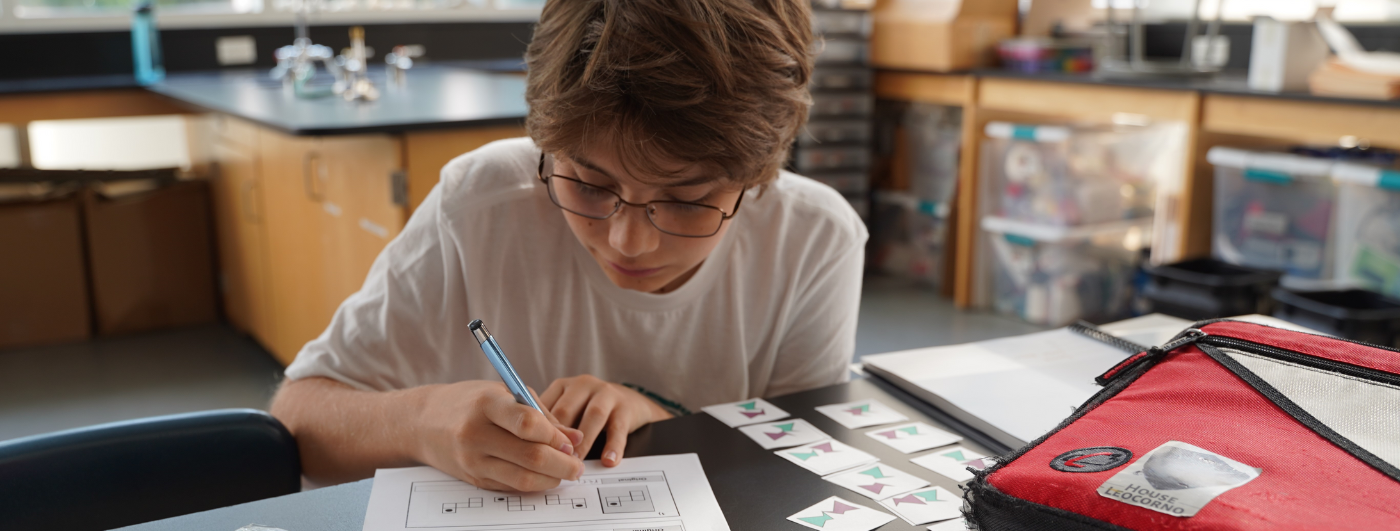Empowering students with language-based learning differences

Siena Blog



The Siena School Blog
Discover, Learn, Celebrate, and Empower
Welcome to Siena's blog, your source for helpful, cutting-edge resources tailored to teachers, parents, and other advocates in the learning differences community. We are dedicated to providing a wealth of curated knowledge spanning various topics, ranging from dyslexia advocacy and awareness to classroom teaching strategies, heritage month profiles, and social and emotional health.
Discover innovative classroom strategies that inspire creativity and foster a love of learning.
Our commitment to social-emotional wellness ensures that we provide valuable insights into healthy student development and self-advocacy.
Discover resources, reading and podcast recommendations, volunteering opportunities, and more for parents in the LD community.
Our important heritage month posts highlight key people, offer reading and podcast recommendations, and more.
What's Old is New Again: 21st Century Versions of 19th Century Tools

Written by Maya Furukawa, a Middle School English Teacher at The Siena School.
In his 2005 novel, The Colorado Kid, Stephen King wrote that "[s]ooner or later, everything old is new again." In an ever-developing, technologically-driven world, this has never been more true. We are constantly reinventing the wheel. Wheels of different colors, different materials, and different durabilities flood our markets. We, as people, are constantly seeking the next best thing: the hottest technology, the latest hairstyle, the newest breed of designer dog. Thus, it should come as no surprise that traditional classroom tools have also become new again; with, of course, a few vital updates.
Poster-making is one such item. Posters have been around since the 19th century (though a minority of sources claim the 18th), and have been a part of traditional classroom projects for what feels like almost as long. People of all ages can think back to a time when they had to create some sort of poster for school; a vision board, a science project explanation, or a poster about a historical figure for Social Studies. And there's a reason for that — posters are valuable, hands-on learning tools which allow students to consolidate and express ideas in new and creative ways. They are multisensory insofar as their inclusion of visual and kinesthetic stimuli and processes. And they are interactive in the same way the Mona Lisa or Michelangelo's David are interactive; they can create a sense of awe, induce people to ask questions. But they don't speak to you. You can't (or at least shouldn't) manipulate their parts. They are missing some essential aspects of 21st-century learning.
Enter Glogster.
Glogster is a website that provides the tools and templates necessary to facilitate the creation of interactive multimedia posters. It has all the benefits of a traditional poster — inclusion of words, images, creativity — as well as the ability to add audio clips, videos, and more. There are different templates which lend themselves to a variety of project and the ability to create templates of your own. Projects can be assigned and graded on Glogster. By all definitions, Glogster is our 21st century poster.
One of the best things about Glogster is its cross-curricular applications. Need to do a presentation on Benjamin Franklin? Glogster will allow you to record your presentation and place it in your poster, along with bullet points and links to his biographical information. Need to show and present a science lab? Post your hypothesis, your variables, links to your resources, and upload a video of your lab at work.
Last quarter, Glogster graced my 7th grade classroom and provided English students with a brand-new way to interpret and present information on poems. Students' Glogsters contained poems, keywords from each poem, images to support these, a recording of them reading the poems, and an accompanying interpretation. Examples of these Glogsters are below. In short, Glogster brought our posters into the 21st century.
This metaphorical wheel has been reinvented. What was old is now new.

